In the fast-paced modern life, Lunch Trailers are becoming a popular choice on city streets, office parks and event sites. This type of mobile kitchen provides consumers with convenient and diverse meal options in a “stop and sell” mode, while providing catering entrepreneurs or companies with low-cost and highly flexible operation solutions. This article will analyze how Lunch Trailers reshape the catering service ecosystem from four dimensions: description, core features, internal equipment configuration and application areas.

Core features
1.“Plug and play” operation mode
- No need to rent a fixed store, the trailer can be quickly deployed to office clusters, schools, construction sites or exhibition sites to meet the customer flow needs of different time periods (such as lunch peak, activity intervals).
2.Menu diversification and localization
- Supports a variety of categories such as Chinese and Western light meals, healthy salads, special snacks, coffee and tea drinks. Operators can adjust the menu according to the target customer group (such as low-fat meals for office workers, hamburgers and fries for students).
3.Brand and scene integration
- The body appearance, employee uniforms and packaging design can all be integrated with brand elements. Some models even provide “theme customization” (such as retro style, animation IP joint name) to attract young consumers to check in and spread.
4.Cost and environmental advantages
- Compared with traditional restaurants, trailers reduce rental, decoration and labor costs; at the same time, energy-saving equipment (such as LED lighting, high-efficiency range hoods) and degradable tableware are used to respond to the trend of green consumption.
5.Digital and community-based operations
- Integrate mobile payment, online ordering system and social media marketing tools to enhance user stickiness through activities such as “membership day” and “limited time discounts”.
Internal equipment
1.Core cooking equipment
- Multi-function stove: supports frying, stir-frying, deep-frying, steaming and other cooking methods to meet the needs of Chinese simple meals.
- Oven/microwave oven: used to heat pre-prepared dishes or make Western meals such as pizza and sandwiches.
- Coffee machine/tea machine: provides freshly ground coffee, milk tea and other drinks to increase customer unit price.
2.Storage and preservation system
- Built-in refrigerator/freezer: stores fresh ingredients, semi-finished products and finished products in different temperature zones.
- Dry goods storage rack: stores seasonings, tableware, cleaning supplies, etc.
3.Service and safety facilities
- Cash register and POS machine: supports cash, code scanning and credit card payment, integrated order management system.
- Fire protection and sanitation equipment: equipped with fire extinguishers, anti-slip mats, wash basins and disinfection cabinets, in line with food safety regulations.
4.Customer experience optimization equipment
- Electronic menu screen: dynamically displays pictures, prices and nutritional information of dishes, and supports multi-language switching.
- Takeaway pick-up window: Cooperate with third-party platforms to set up independent pick-up channels to improve food delivery efficiency.
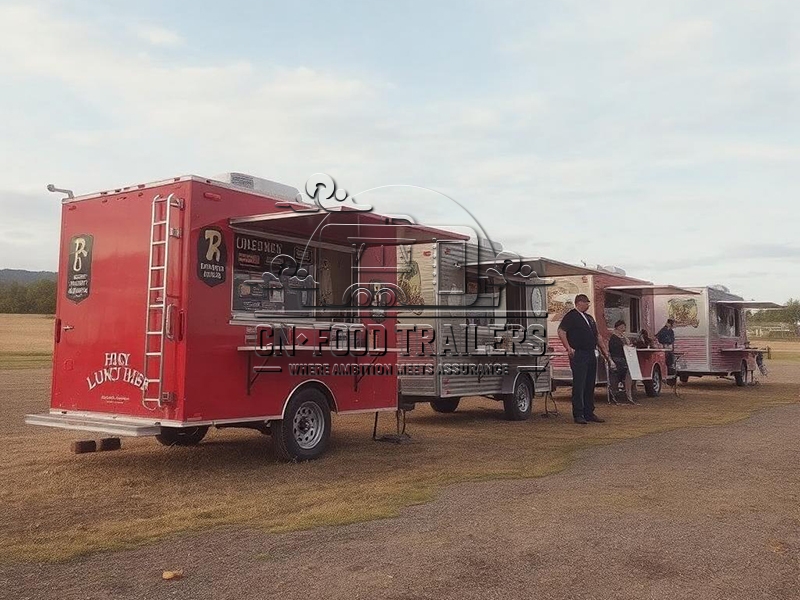
Applications
1.Corporate parks and office buildings
- Provide quick meals for office workers during lunch hours. Some trailers can cooperate with companies to launch “employee-exclusive packages” or “healthy light meal plans”.
2.Educational institutions and community services
- Provide nutritious lunches for schools and kindergartens, or provide customized services such as elderly meals and parent-child meals in community activities.
3.Event and exhibition catering support
- As the official catering supplier for large-scale events such as music festivals, sports events, and auto shows, it provides a variety of choices and relieves the pressure of on-site traffic.
4.Tourism and leisure scenes
- In scenic spots, camping sites, highway service areas and other places, it becomes an “energy supply station” for tourists and promotes local specialties.
5.Emergency and public welfare services
- In natural disasters or emergencies, trailers can be quickly transformed into mobile kitchens to provide hot meals for disaster victims or rescuers; some organizations also serve vulnerable groups through the “free lunch program”.

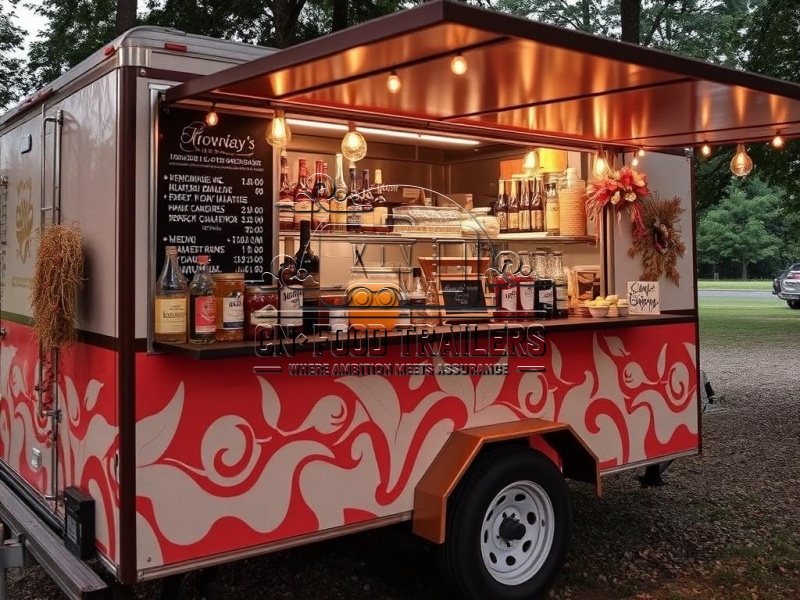
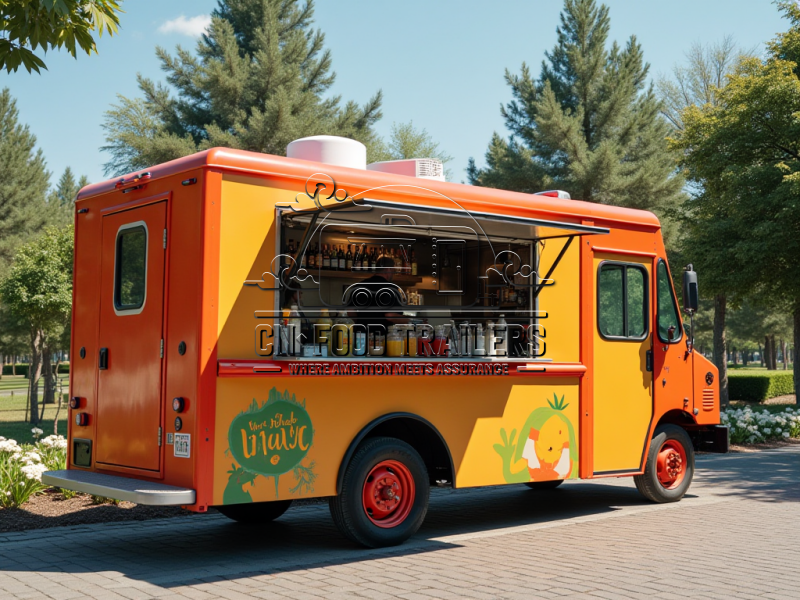

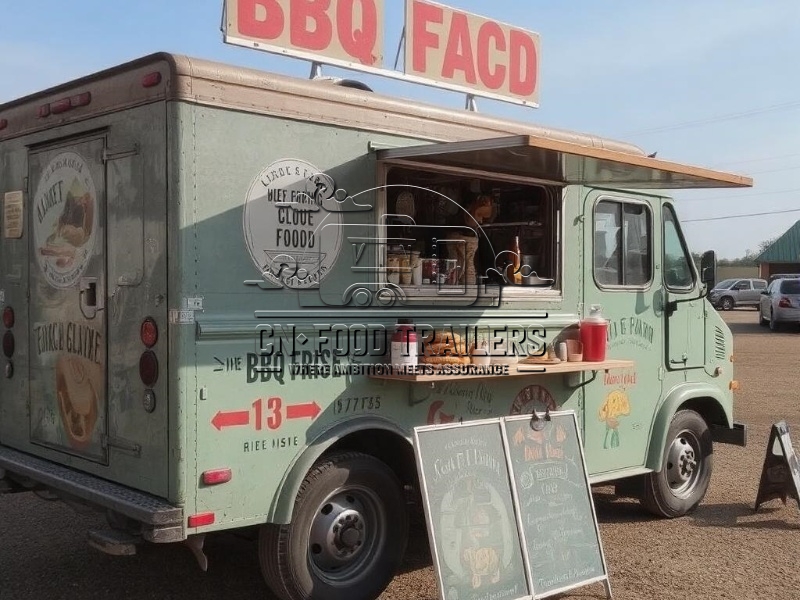
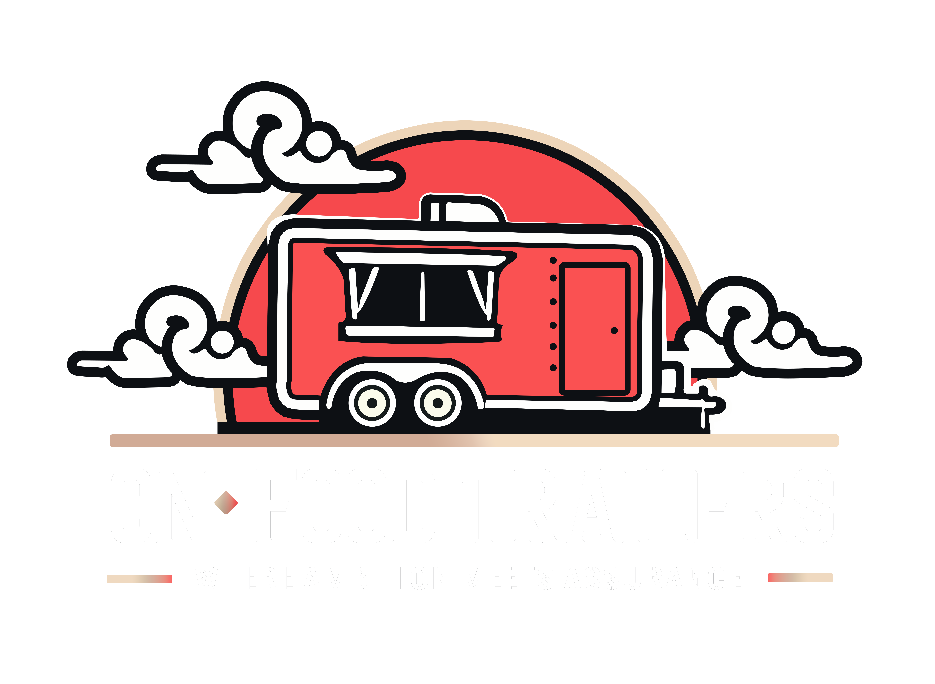
Leave A Comment